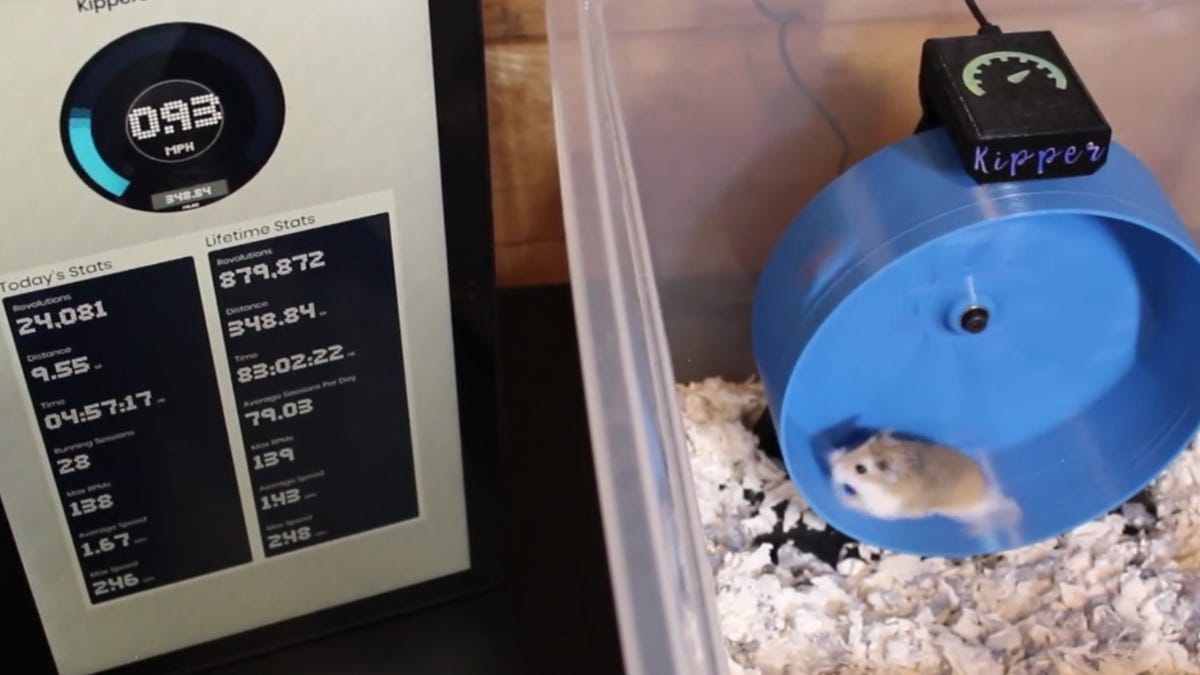Mike's List 239
Amazon's "just keep it" policy; another Instagram phony; the quantified hamster, and more!
5 reasons why Amazon's "just keep it" policy sucks
Did you ever try to return something to Amazon, only to be told to "just keep it"?
It's nice when it happens. You get the product without paying and the refund without shipping.
Whee!
The benefits of this practice are plain to see — happy customers and a small break for the environment because a package isn't shipped.
But there are downsides less visible. Here are the 5 reasons why Amazon's "just keep it" policy sucks. (Link goes to the paid subscriber version.)
Mike’s List of brilliantly bad ideas
1. Another phony on Instagram
LG introduced a "virtual woman" at virtual CES today. The on-screen fake persona comes with a host of made-up personality characteristics, including a career in music, personal interests and hobbies and personal history. For example, the "virtual woman's" fake bio says she learned English in London, which is why she speaks with a California accent peppered with "y'all," like some hipster from Oakland who just moved to Austin. LG apparently plans to productize the bot by using it for information kiosks in hotels. Though LG says they "introduced" the bot today, they announced it in December and the "virtual influencer" has been on Instagram since May.
2. The quantified hamster
Some knucklehead invented a hamster wheel that lets you track the "achievements" of your rodent in the form of how fast, far and often it runs on the wheel via an app-based "activity dashboard." The makers encourage you to "celebrate their accomplishments."
3. Vaccine tracker
A widely administered vaccine is the only way out of this pandemic. Now you can obsessively track vaccinations worldwide with the Live COVID-19 Vaccination Tracker.
Mike's List of Shameless Self Promotions
1. My column on why it’s time to ban news-choosing algorithms
2. My article on the future of the VoIP industry
3. My piece on the future of intersection technology
4. My article on the tech behind natural disaster recovery






